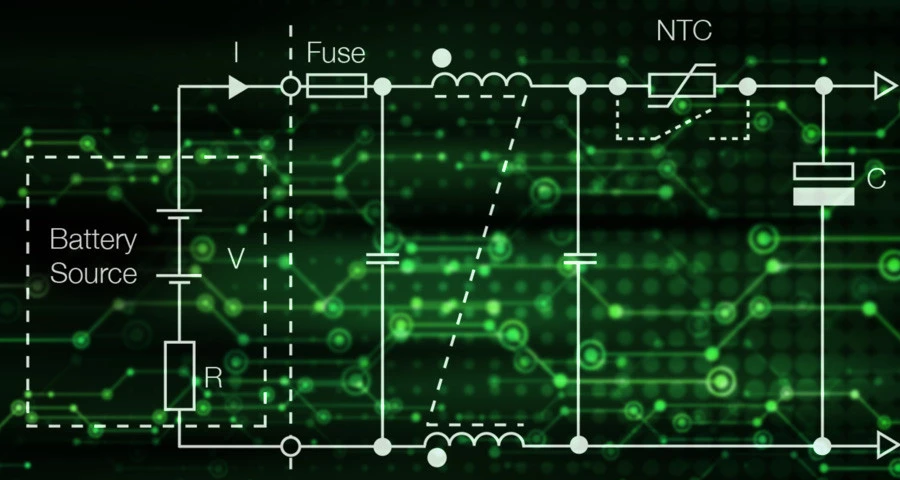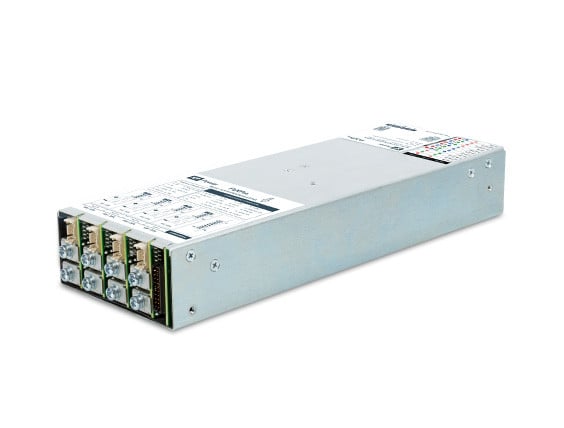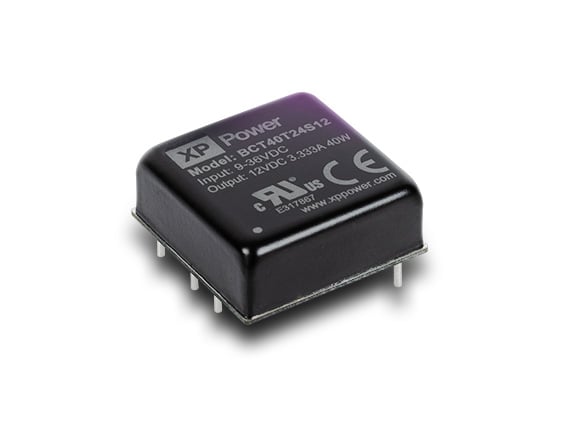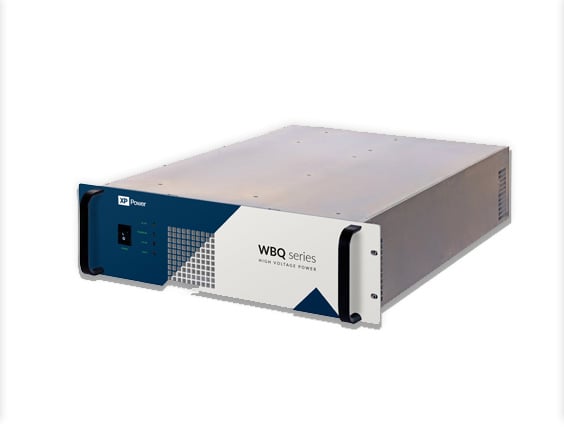
Input protection is implemented in power supplies and DC-DC converters to ensure safe operation. The input fuse fitted within a power supply is not intended to be field-replaceable, it is rated such that only a catastrophic failure of the power supply will cause it to fail. It will not be cleared by an overload as the power supply will have some other form of overload protection, usually electronic. The fuse will often be soldered into the PCB rather than being a replaceable cartridge type fuse.
The power supply fuse is listed as a critical part of the safety approval process and is used to ensure that the power supply does not catch fire under a fault condition. If the fuse clears the most likely cause is that the converter has failed presenting a short circuit to the mains supply. In this event the fuse will clear very quickly.
As previously discussed, the fuse in the power supply is not intended to be field-replaceable, and should only be replaced by competent service personnel following repair. When using a component power supply, there will be additional mains wiring within the enclosure before the power supply and its fuse. This is where an additional fuse or circuit breaker as a protection device is fitted, to ensure that the wiring and associated components do not present a hazard.
When the end equipment is tested for safety it will also go through fault analysis to ensure that it will not present a fire hazard under a fault condition. If a fault were to occur many hundreds of Amps can flow causing wires to heat up very quickly, causing noxious fumes from the melting plastic insulation and creating a potential fire hazard.
Input Voltage Protection
The input of the equipment may be subjected to a number of transient voltage conditions. These differ between AC & DC systems.
Inrush Current
An AC mains system is a low impedance power source meaning that it can supply a large amount of current. In a power supply, at the instant of switch-on, the reservoir capacitor is discharged giving the appearance of a short circuit. Without any additional precautions the input current will be very large for a short period of time until the capacitor is charged.
Typical power supply input circuit
Precautions are taken to limit the inrush current as this will cause disturbances on the supply line and could damage any switches or relays and nuisance-blow fuses or circuit breakers. Fuses and circuit breakers need to be of a size and characteristic to cope with this inrush current without nuisance tripping. The most commonly used technique, due to its simplicity and low cost, is the fitting of a Negative Temperature Coefficient (NTC) thermistor. These devices have a high resistance when cold and a low resistance when hot. Inrush current is often specified from a cold start and at 25 °C due to thermal inertia and the time it takes for the thermistor to cool down following switch off of the power supply. In some applications, in order to solve this problem and improve efficiency, the thermistor is shorted by a relay following the initial inrush. There are other techniques using resistors and triacs but these are more complex and less common. A typical value of inrush current in an AC power supply is 30-40 A lasting 1-2 ms but can it be as high as 90-100 A in some products. There is a trade-off to be made between lower inrush current and higher efficiency due to the power dissipated in the thermistor.
The same principles apply to DC circuits; the source impedance is very low, only this time it is a battery and not the mains supply. As with the AC circuit the peak will be over within a millisecond or so.
Typical DC/DC converter input circuit
Batteries have short circuit ratings measured in thousands of Amps and when the reservoir capacitor is discharged there appears to be a short circuit. Once again, the protection devices need to be sized to be able to cope with this. Inrush current levels tend to be higher, as is the nominal current, due to the efficiency trade-off. Often the inrush current will be specified as a multiple of the nominal current.








